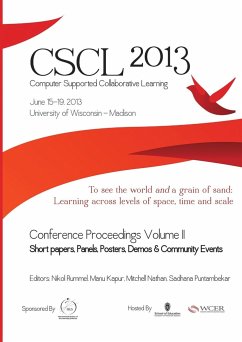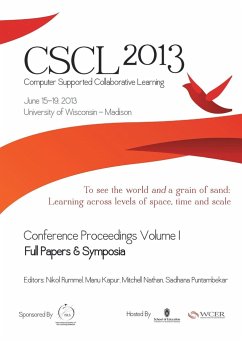
Computer Networks with Advanced Routing Approach
CN with Advanced Routing Approach

PAYBACK Punkte
19 °P sammeln!
A book on Computer Networks with Routing Approach would typically explore the foundational concepts, protocols, and algorithms that enable data transmission and management within modern computer networks, focusing particularly on the role of routing in ensuring efficient communication. The book would begin with an introduction to computer networks, covering the basics of networking, types of networks (e.g., LAN, WAN), and the OSI and TCP/IP models. It would explain the importance of routing in these networks, where routers are used to forward data packets between different network segments. Th...
A book on Computer Networks with Routing Approach would typically explore the foundational concepts, protocols, and algorithms that enable data transmission and management within modern computer networks, focusing particularly on the role of routing in ensuring efficient communication. The book would begin with an introduction to computer networks, covering the basics of networking, types of networks (e.g., LAN, WAN), and the OSI and TCP/IP models. It would explain the importance of routing in these networks, where routers are used to forward data packets between different network segments. The book would then delve into the two primary types of routing: static routing, where routes are manually configured, and dynamic routing, which uses algorithms to adapt to network changes. The book would also cover advanced topics such as link-state routing, distance-vector routing, explaining how each works and the trade-offs between them in terms of scalability, reliability, and efficiency. Additionally, the text would explore concepts of convergence, network topology, and load balancing, providing real-world case studies to illustrate how routing techniques are applied in large-scale networks, including the Internet.












